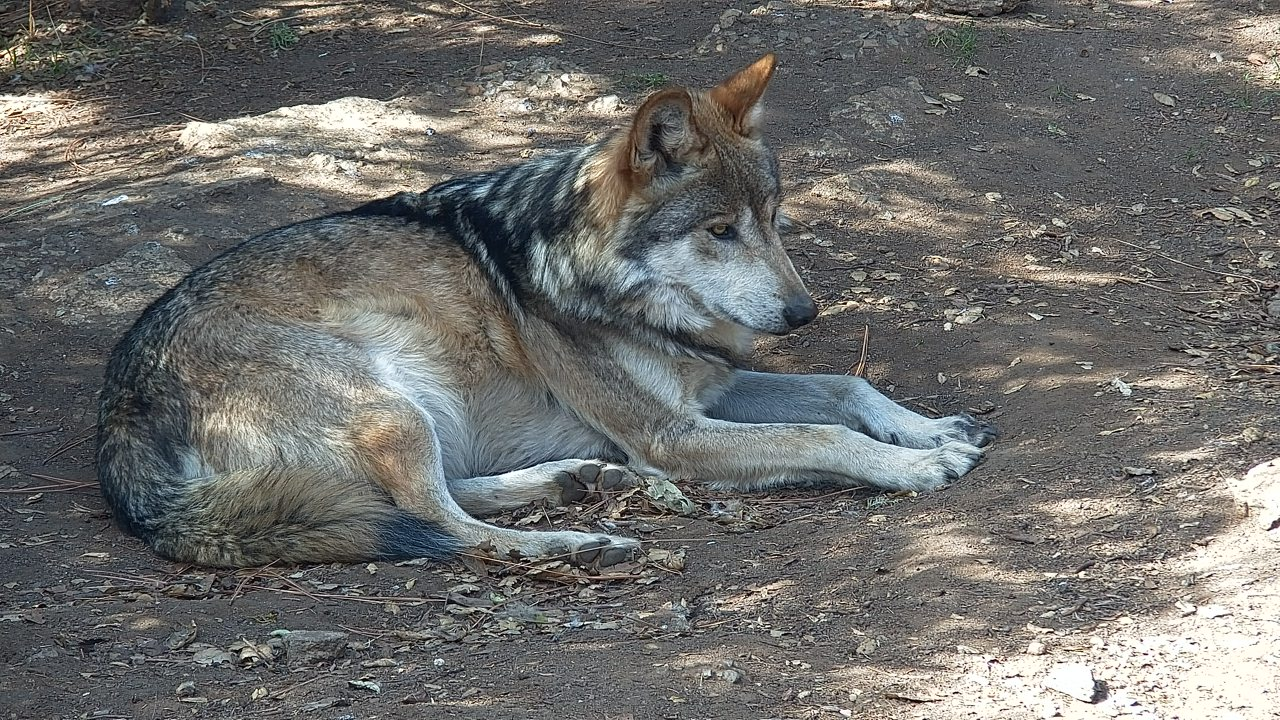

Ever wonder why there are over 300 breeds of dogs but wild wolves all look pretty much the same? Or why pet cats come in so many colors but wild cats don't? The answer is simple: humans created dog breeds, but nature controls wild animals.
Dog breeds don't happen naturally. People made them over thousands of years by picking dogs with certain traits and breeding them together. This is called selective breeding.
Want a dog that herds sheep? Breed the best sheep dogs together. Need a tiny apartment dog? Pick the smallest dogs to be parents. This is how we got everything from huge Great Danes to tiny Chihuahuas.
Each dog breed shows what humans wanted, not what would survive best in the wild.
Here's the important part: no matter how different they look, all dog breeds are still the same species. Any combination of breeds can still have puppies together. That's the test scientists use to see if animals are the same species.
Think of dog breeds like different styles of the same car. They look different and can do different jobs, but they're built the same way underneath. All dogs have the same basic "dog" design.
Wild animals live by different rules. In nature, only the best stand the best chance to survive. Can you run fast enough to escape danger? Can you find food? Can you have healthy babies? If you can't do these things well, you probably won't survive.
This means wild animals look pretty much the same within their species. Millions of years of natural selection has developed the best design for each animal. A wolf that's too small can't hunt well. One that's too big needs too much food. Nature caused the perfect size and shape.

Making dogs look cute or special often makes them less healthy. Many dog breeds have serious health problems because of the traits people desired:
These problems show that breeding for what humans want often makes animals that can't survive as well. In the wild, these traits would not likely occur and if they did, they would disappear quickly.
People who work with wild animals in zoos understand this difference. They don't try to control the characteristics of an animal. Instead, they work very carefully to keep wild animals healthy and natural.
Zoos use programs called Species Survival Plans. These programs are the opposite of dog breeding. Instead of trying to change animals, they:
Zoo workers use science and careful planning to keep resident animals as healthy as possible. They're not trying to create new types of animals. They're trying to save the animals that nature already perfected.
Understanding this helps explain why zoo breeding programs are so important. When you see a California condor or black-footed ferret at a zoo, you're seeing more than just one animal. You're seeing a carefully protected member of their species.
These programs help save species while we work to protect their wild homes. Every breeding choice is made with one goal: preserving the delicate genetics of a species well into the future.
The success stories are amazing. California condors (which you can even observe live at zoolife.tv), black-footed ferrets, and many other animals exist today only because of these careful breeding programs. Without keeping them genetically fit these programs would fail as poor genetics would not improve their survival in the wild.

Next time you see lots of different dogs at the park, remember you're seeing one of humanity's longest experiments. While this gave us great pets, it also shows how different human wants are far from what nature designs and perfects.
Wild animals look the same within their species for a good reason. Natural selection made them into perfect survival machines over millions of years. Conservation programs work to protect this natural perfection. They know that when it comes to wild species, the design that evolved naturally is usually the best design.
When we understand both the wonder of pet variety and the wisdom of natural selection, we can better understand our job as protectors of the natural world. Programs that work to save wild species in their natural form are crucial for keeping our planet's amazing variety of life.